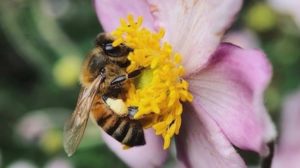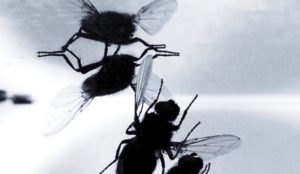
Science and Culture Today | Page 470 | Discovering Design in Nature


No Harm, No Foul — What If Darwinism Were Excised from Biology?

Bioethicist Wants to Morally Cleanse Medical Schools

ID-Friendly Biomimetic Research Continues Apace

Dallas Conference on Science & Faith Will Teach “How to Ask”; Register Now for Early Bird Price

Berlinski, Robinson on the “Almost Unfathomable Complexity” of Living Systems, and More

Breakthrough? Nature Calls for Openness in Science Education

Small Wonders: Design in Tiny Creatures

Michael Egnor on Scientific Consensus and Apocalypse Now






































